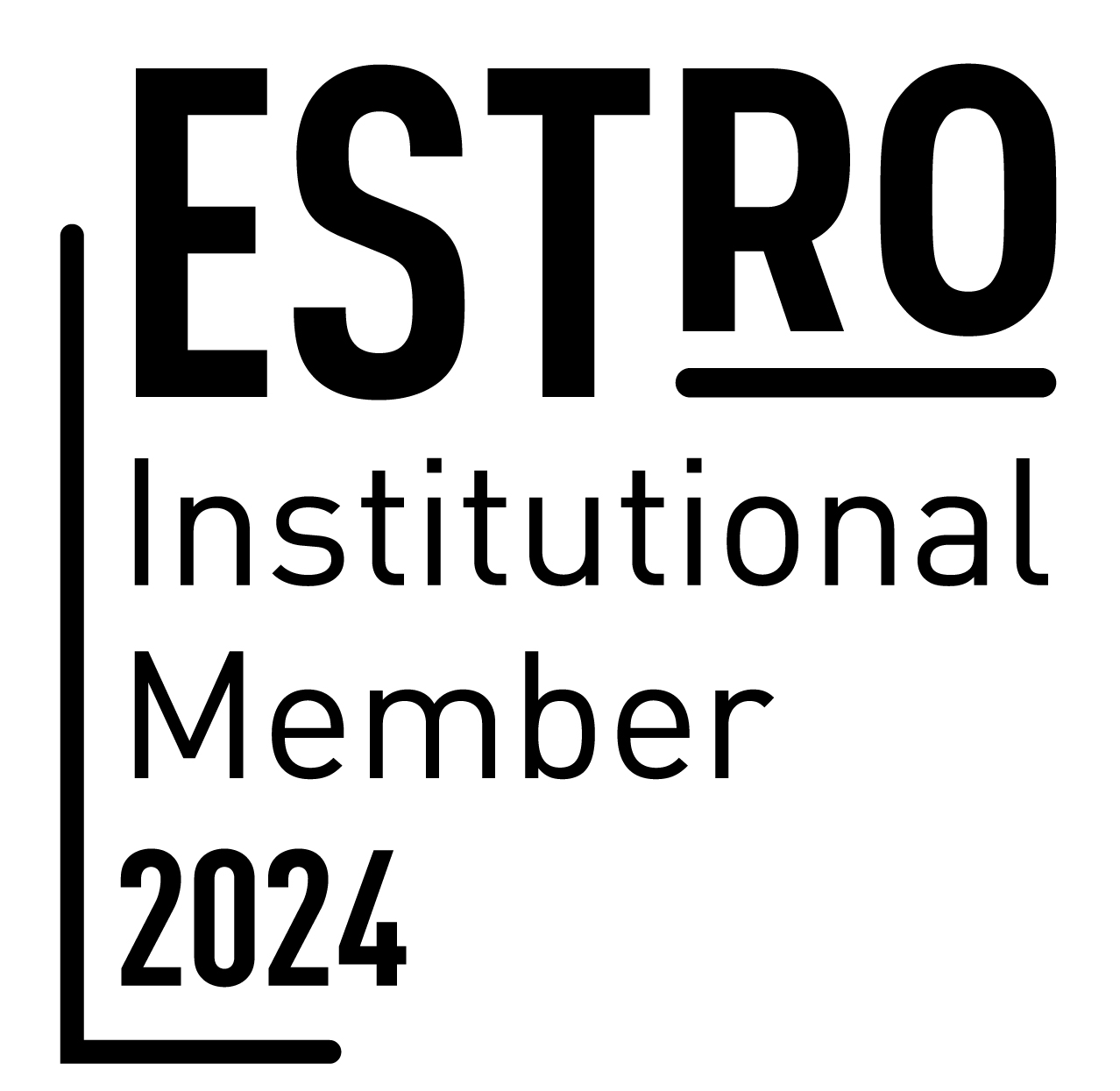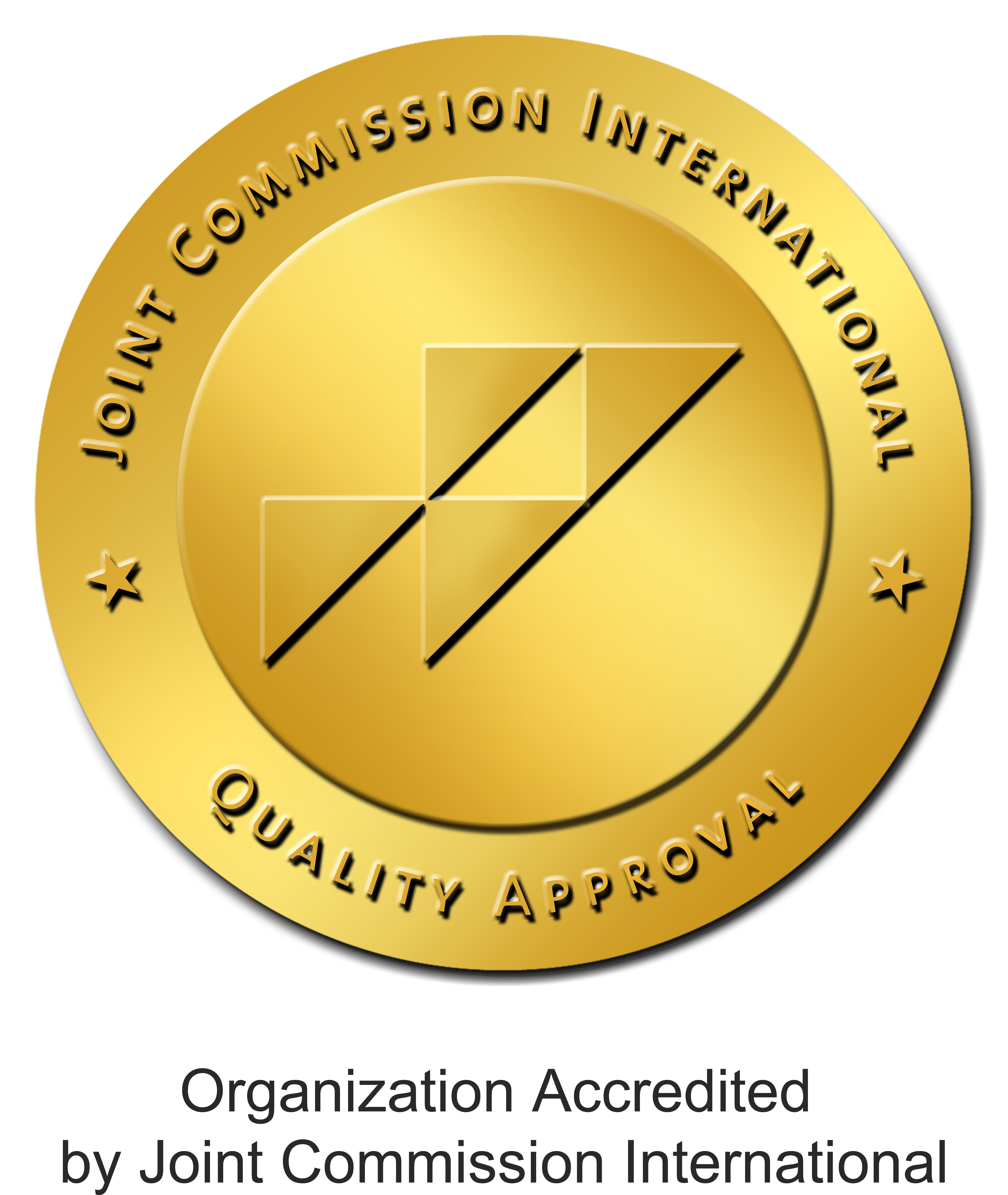Pathologies that can be potentially treated with hadrontherapy
Thymus cancer
Want to submit your case? Click HERE
Thymus tumours are neoplasms that originate from thymic epithelial cells. Although they are rare neoplasms, they are the most common tumours of the anterior mediastinum. The most frequent histological subtypes of thymus cancer are represented by:
- Thymomas (90% of the cases)
- Thymic carcinomas (5%-10% of the cases)
A thymoma is a slow-growing tumour that only in rare cases of particular aggressiveness tends to spread to surrounding tissues and organs. It has been found that patients with thymoma may, in some cases, be carriers of other diseases affecting the immune system: in 30%-40% of the cases, myasthenia gravis was found; while in 5%-10% of the cases patients were carriers of erythrocyte aplasia or hypogammaglobulinaemia.
A thymic carcinoma, on the other hand, is a tumour that grows very quickly and generally tends to spread to other sites. Due to this characteristic this thymus cancer is more complicated to treat.
One of the differences between these two thymus neoplasms is their tumour cells: in a thymoma, cells look very much the same as healthy thymus cells, whereas in a thymic carcinoma, they look completely different.
Thymic neoplasms can occur at any age, although they are more common in people who are over 50 years old. Both sexes are equally affected.
Causes of thymus cancer
Not much is known about what causes thymic epithelial neoplasms; however, as previously mentioned, in a thymoma, the association with other haematological or immunological pathologies such as the following ones is not uncommon:
- Myasthenia gravis
- Erythrocyte aplasia
- Systemic lupus erythematosus
- Hypogammaglobulinaemia
- Multiple myeloma
- Myositis
- Myotonic dystrophy
- Lambert-Eaton syndrome
- Sjögren syndrome
- • Hashimoto’s thyroiditis
- • Aplastic anaemia
Symptoms of thymus cancer
In most cases, thymus cancer is completely asymptomatic. When present, symptoms may include:
- Persistent dry cough
- Muscle weakness
- Difficulty breathing
- Chest pain
- Sense of chest compression
- Voice drop
- Swelling of neck and/or shoulders
In thymoma patients, symptoms related to Myasthenia gravis may be found, such as:
- Difficulty keeping eyes open
- Diplopia
- Tiredness
- Weight loss
- Fever
Diagnosis of thymus cancer
If thymus cancer is suspected, the doctor - after a physical examination and evaluating the patient’s medical history - should perform a series of diagnostic tests in order to confirm the pathology and to establish the location, shape and size of the tumour.
The diagnosis of thymus cancer, whether it is a thymoma or a thymic carcinoma, is based on the results of:
- Chest X-ray (Rx)
- Computed tomography (CT)
- Nuclear magnetic resonance (NMR)
- Positron emission tomography (PET)
In order to ascertain the nature of the disease, a histological diagnosis by means of biopsy is required afterwards. This biopsy is to analyse a thymus tissue sample that is suspected to be affected.
If it is a thymoma, the tests carried out are also necessary to define the stage of the tumour so that the correct therapeutic strategy can be evaluated. The staging system used is the Masaoka clinical classification that is based on the invasive nature of the tumour. This classification is also used for thymus carcinomas, but this occurs more rarely because when this type of cancer is diagnosed, in most cases it has already spread to other sites of the body.
Thymus cancer is classified according to the following stages:
- Stage I: the tumour is confined to the thymus and the connective tissue capsule surrounding it
- Stage II: the tumour has spread beyond the capsule, invading the surrounding adipose tissue and the pleura, or has come into contact with the pericardium
- Stage III: the tumour has invaded the organs adjacent to the thymus
- Stage IV: separated into two situations:
- Stage IV A: the tumour has spread to the pleura or to the pericardium
- Stage IV B: the tumour has spread to the blood and/or to the lymphatic system, generating metastasis in other organs
- Recurrence: the tumour reoccurs even after treatment, developing in the same primary site or in another organ
In Stage I cases, it is a non-invasive tumour, while in the case of one of the other stages, it is an invasive tumour.
Treatment of thymus cancer
The treatment of these neoplasms depends on a number of factors such as the type of thymus cancer, the stage of the disease and the patient’s general medical condition, especially if other pathologies coexist.
Therapeutic options include surgery, radiation therapy, chemotherapy and hormone therapy.













